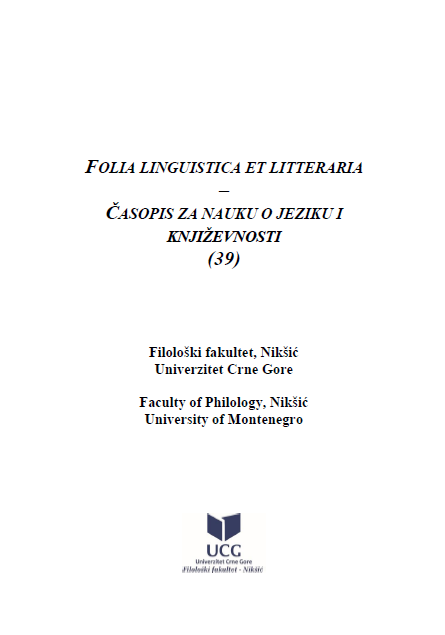TO THE SELFHOUSE: THE CENTRIPETAL MOVEMENT OF SYMBOLS IN VIRGINIA WOOLF'S TO THE LIGHTHOUSE
TO THE SELFHOUSE: THE CENTRIPETAL MOVEMENT OF SYMBOLS IN VIRGINIA WOOLF'S TO THE LIGHTHOUSE
Author(s): Susan Poursanati, Yasaman TaheriSubject(s): British Literature
Published by: Filološki fakultet, Nikšić
Keywords: Modern literature; Stream of consciousness; Symbolism; the notion of reality; centripetal movement; self
Summary/Abstract: Modernism is a literary movement which appeared around 1914. New technologies and the horrible effect of World War I, made many authors question the future of this modern machine (human being) who declined any kind of tradition for the sake of the new sentiment. Modernist fiction used two significant tools: one is the stream of consciousness to reveal the inner self of the characters, and the other one is employing the symbol to reflect hidden reality through the life of the characters. Virginia Woolf is considered as one of the most prominent modernist authors who employ the various modern techniques in her fictions such as To the Lighthouse. The aim of this article is followed in two different steps: first, the discussion of the roles of different symbols and signs through the whole work to reflect how these symbols function in the novel as a web of signs; and second, the exploration of the centripetal movement of various symbols and colors to show an unattainable concept of reality in modern life.
Journal: Folia Linguistica et Litteraria
- Issue Year: 2021
- Issue No: 39
- Page Range: 47-70
- Page Count: 24
- Language: English

